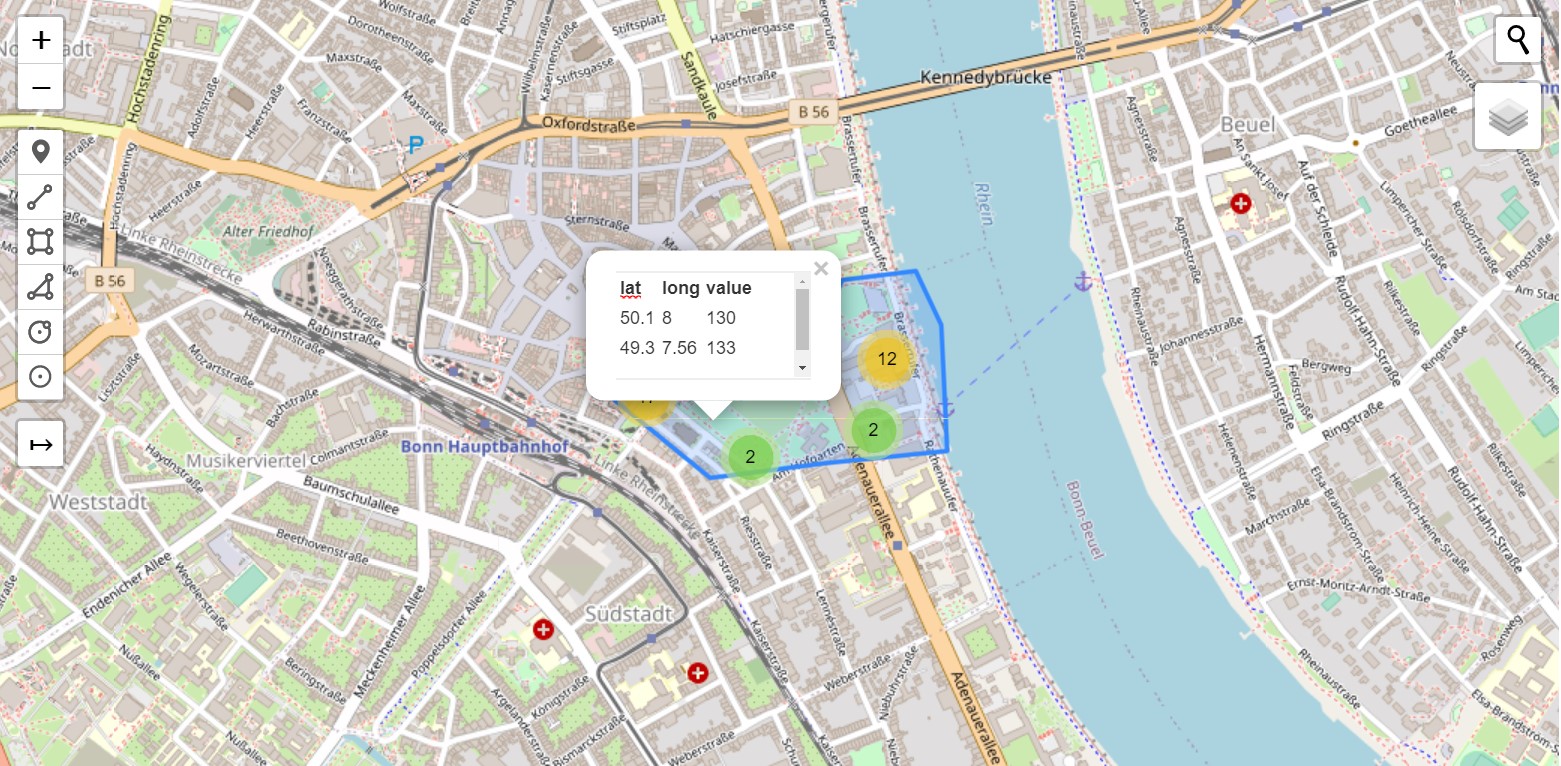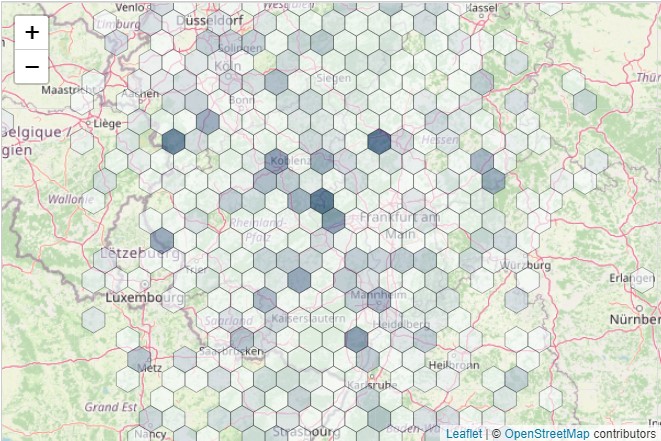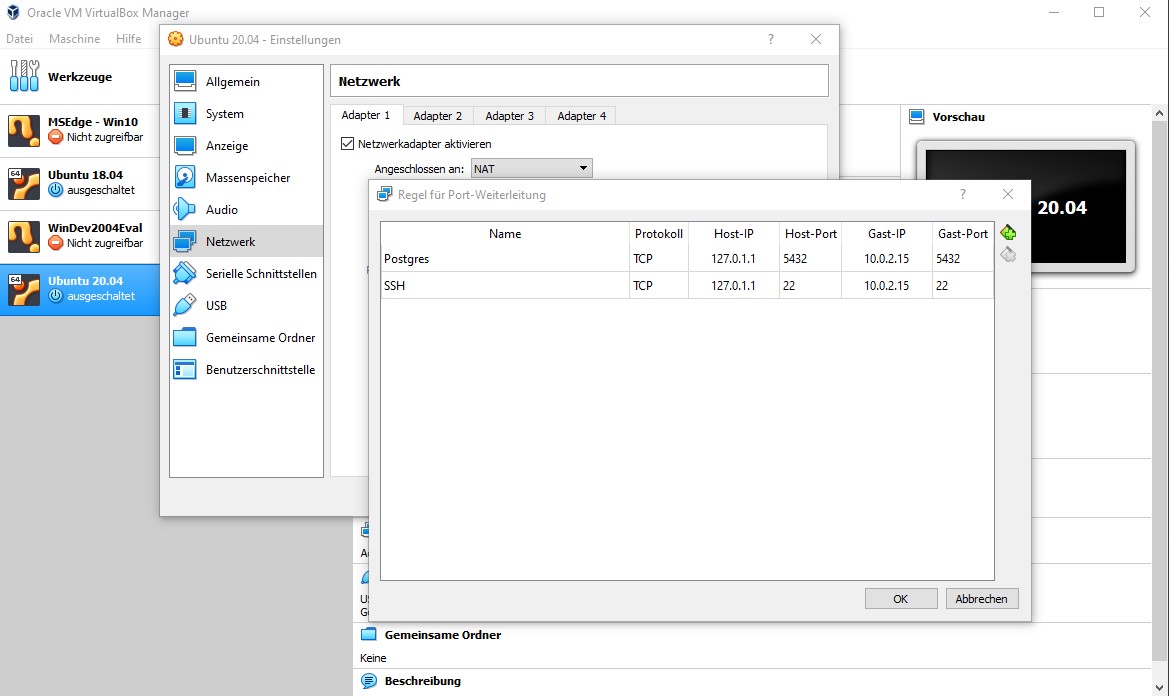HyperLogLog Javascript (js-hll) & Postgres (postgres-hll): making them talk to each other!
| |
HyperLogLog is a fantastic algorithm to quickly count distinct elements in a set. As it consumes few memory and is really fast, it’s perfectly suited for big data. For a nice, visual explanation step over to the Redis guys on Youtube. However, this article is not about explaining HyperLogLog but rather understanding how to deal with backend/frontend communication between javascript and postgres by exchanging hexstrings between the two amazing libraries postgres-hll for postgres and js-hll for javascript.



